50 Years of Opel Ascona
The Opel Ascona – many of our European readers are likely to be familiar with this mid-range vehicle from everyday street scenes, where it has become increasingly rare since the late 1990s. Its model name comes from a city at Lake Maggiore in the Italian-speaking part of Switzerland and has a much longer tradition at Opel than the 50 years described in the heading. At the end of the 1950s there was a special edition model of the Rekord P1 called Ascona especially for the Swiss market, followed by a special equipment variant of the Kadett B, which was also only available in Switzerland. In all of Europe, however, the name only became known in November 1970 when Opel presented the sedan version of their ‘Project 1450’ at the Turin Motor Show. Two months earlier, the Manta had been shown to the public as a sporty coupé of the same project in Timmendorfer Strand. The sedan should originally have become the new Kadett C (third model generation), but it turned out to be significantly larger and was therefore assigned a separate place in the model range between Kadett and Rekord. In addition to the sedans with two or four doors, a three-door station wagon version, which was called ‘CarAVan’ or ‘Voyage’, depending on the equipment level, rolled out to the dealers right at the market launch. Production at the Bochum plant began shortly before the world premiere, which meant that customer orders could be processed quickly.
Charles ‘Chuck’ Jordan, at that time the chief designer at General Motors, succeeded in creating a straightforward and elegant exterior design for the Opel Ascona A that directly hit the buyer’s taste. In the front there were round headlights that sat in almost square aluminium frames. Between them was an aluminium radiator grille with the Opel logo placed in the center. A narrow diagonal surface above led to the hood. Smooth surfaces with a slight sheet metal fold as a belt line and little flared fender edges made for a very pleasing side view. Depending on the model variant, the belt line was provided with glued-on stripes or even chrome trim. As early as August 1971, all models were given black contrasting headlight surrounds and black painted struts in the radiator grille with an unpainted aluminium center bar. Two years later, a facelift was carried out that eliminated the central bar in the grill, which was now made of plastic. In addition, there were now angular instead of round exterior mirrors and a modified dashboard with a different switch arrangement. The standard equipment now included three-point seat belts at the front for the first time.
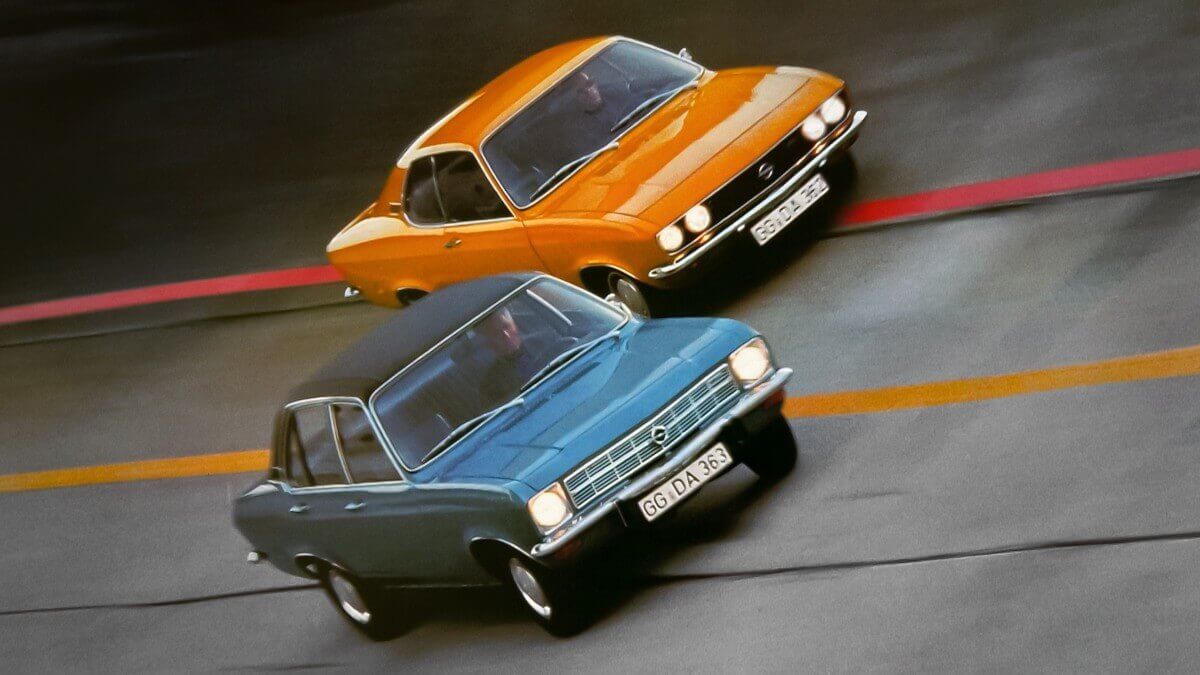



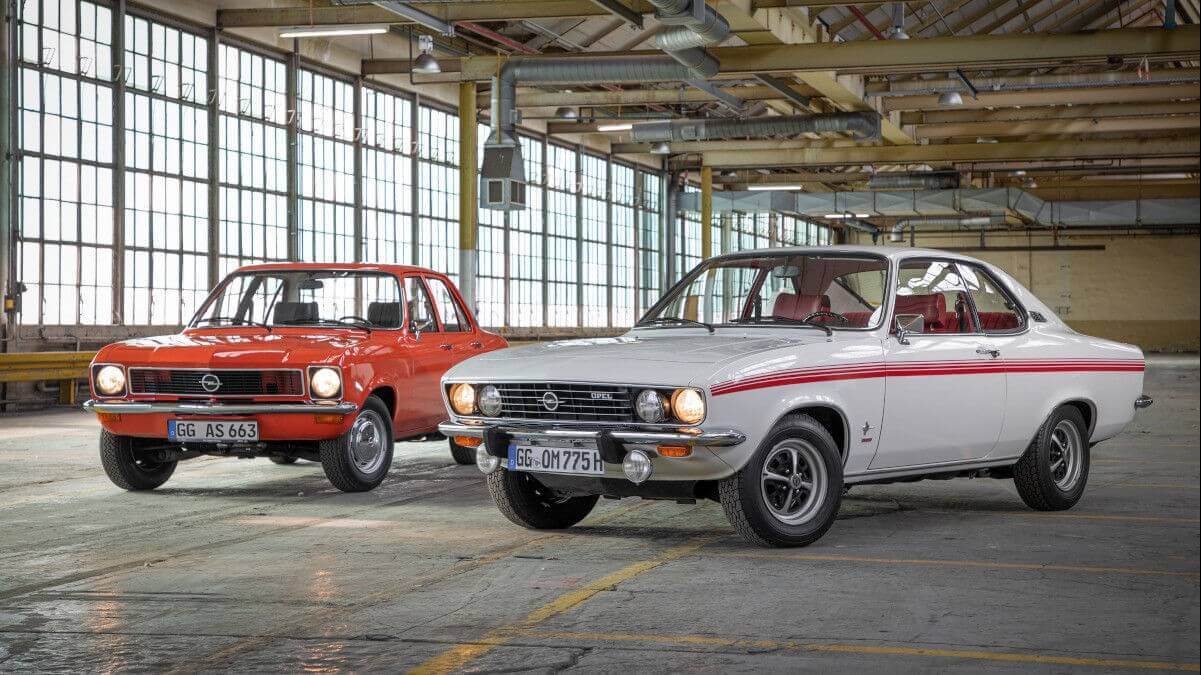



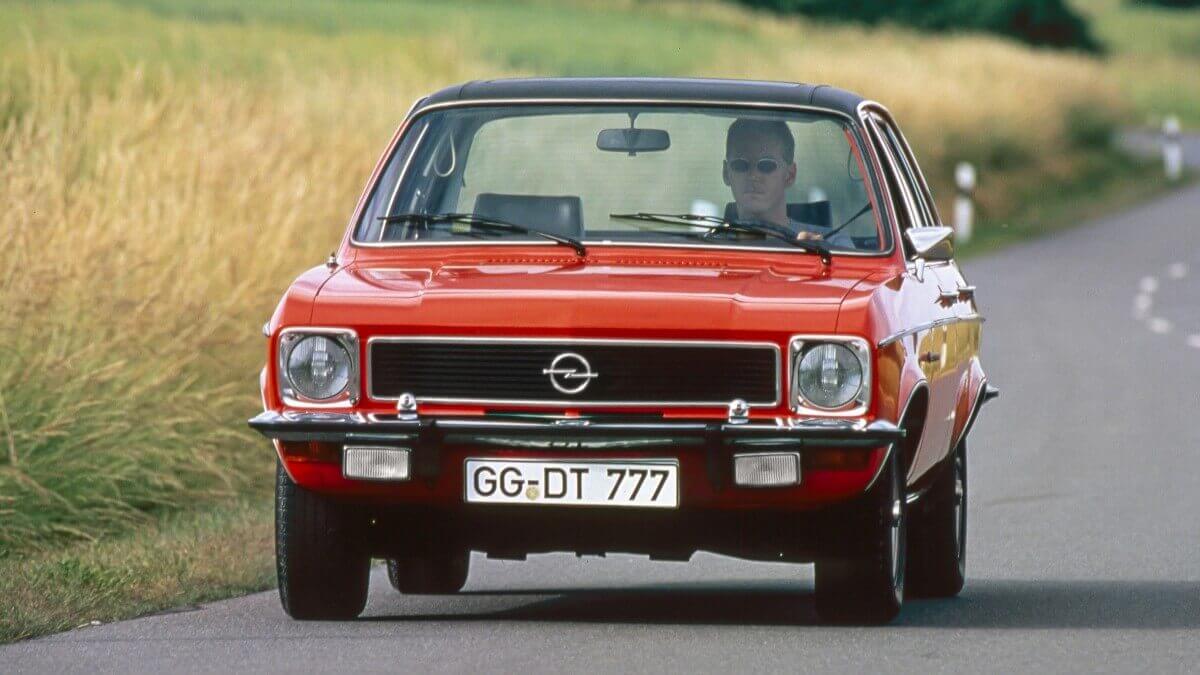



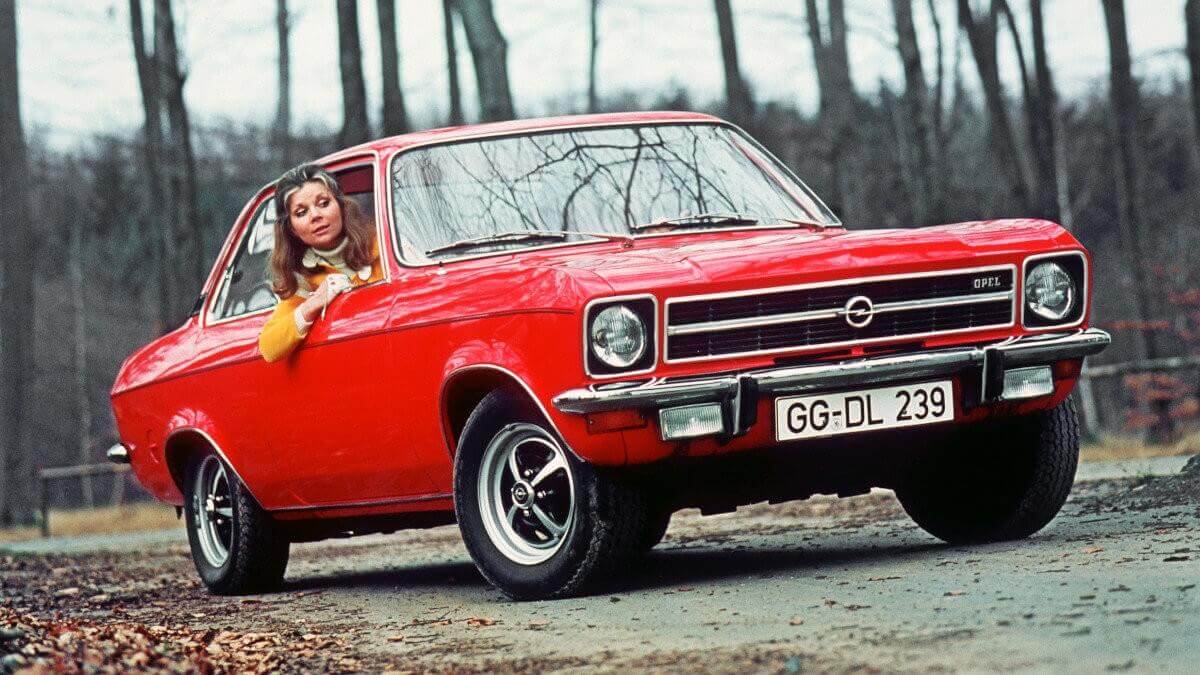



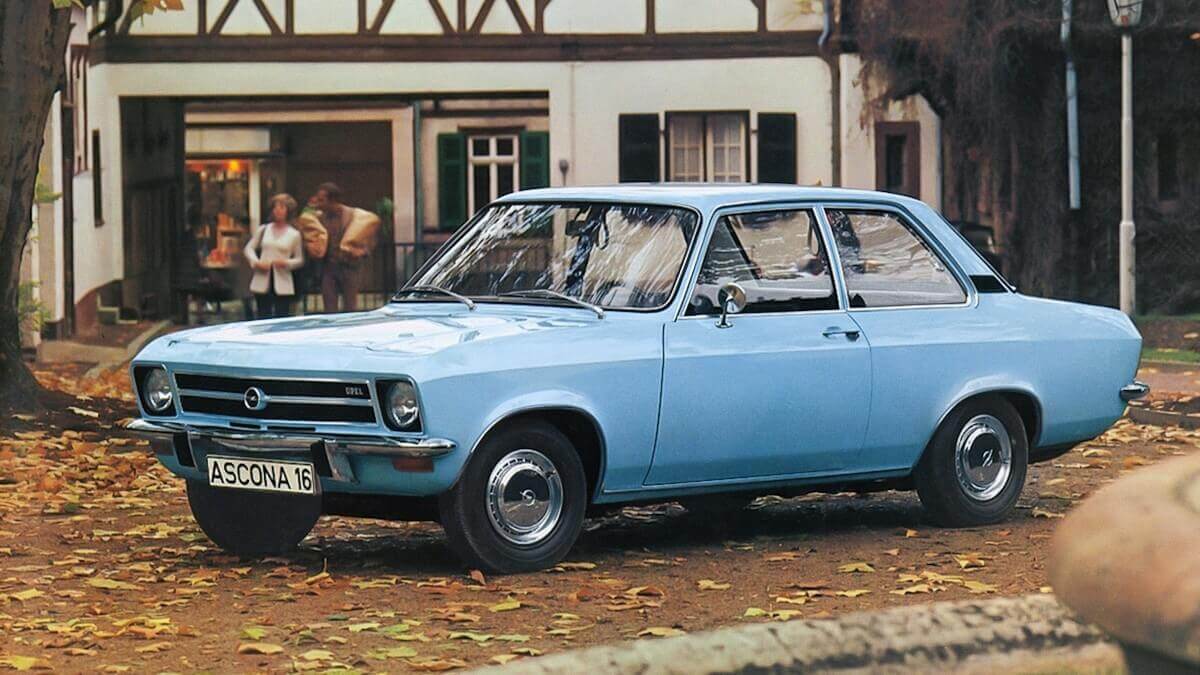



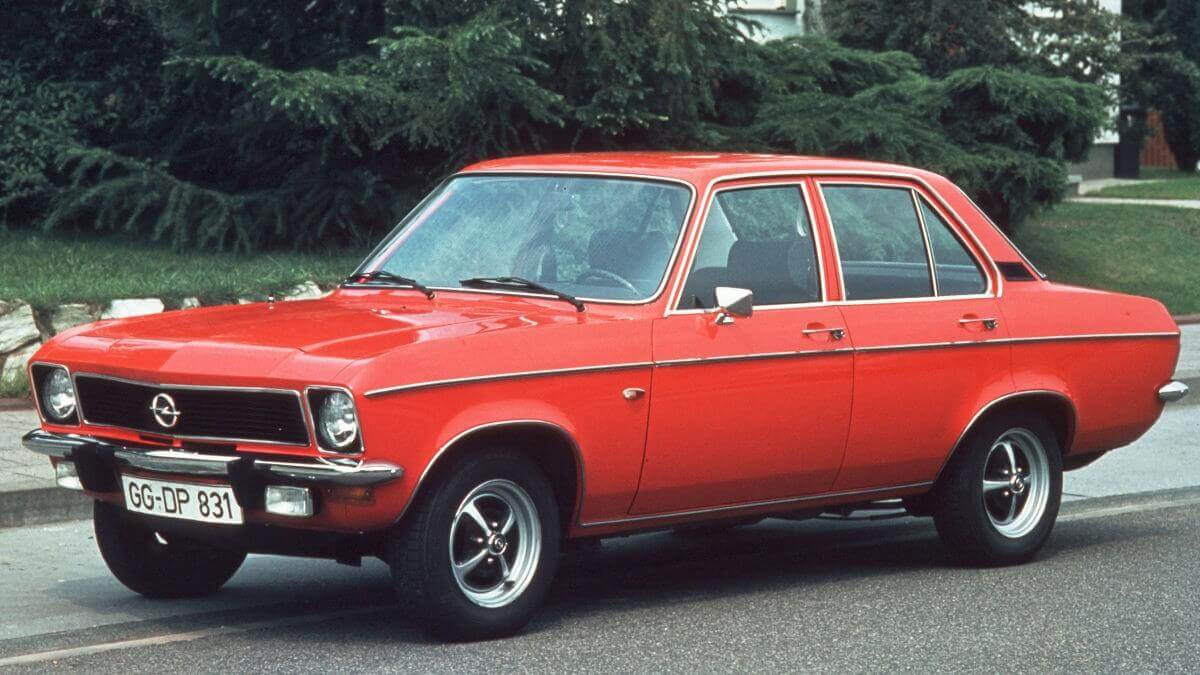



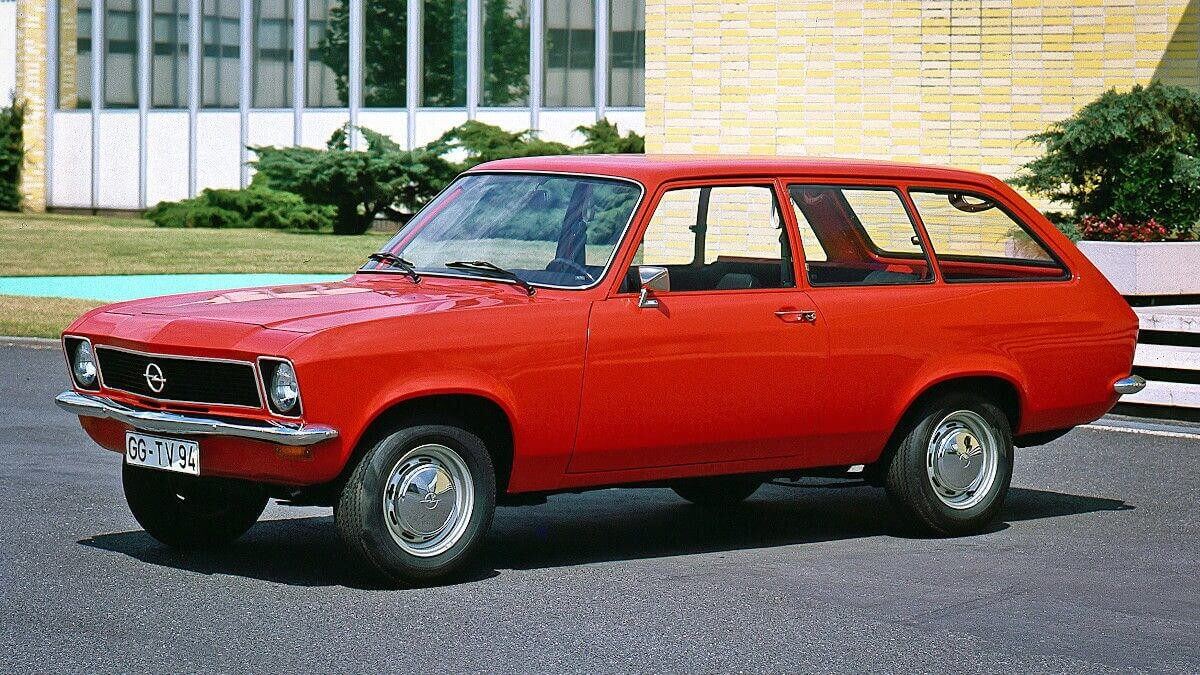



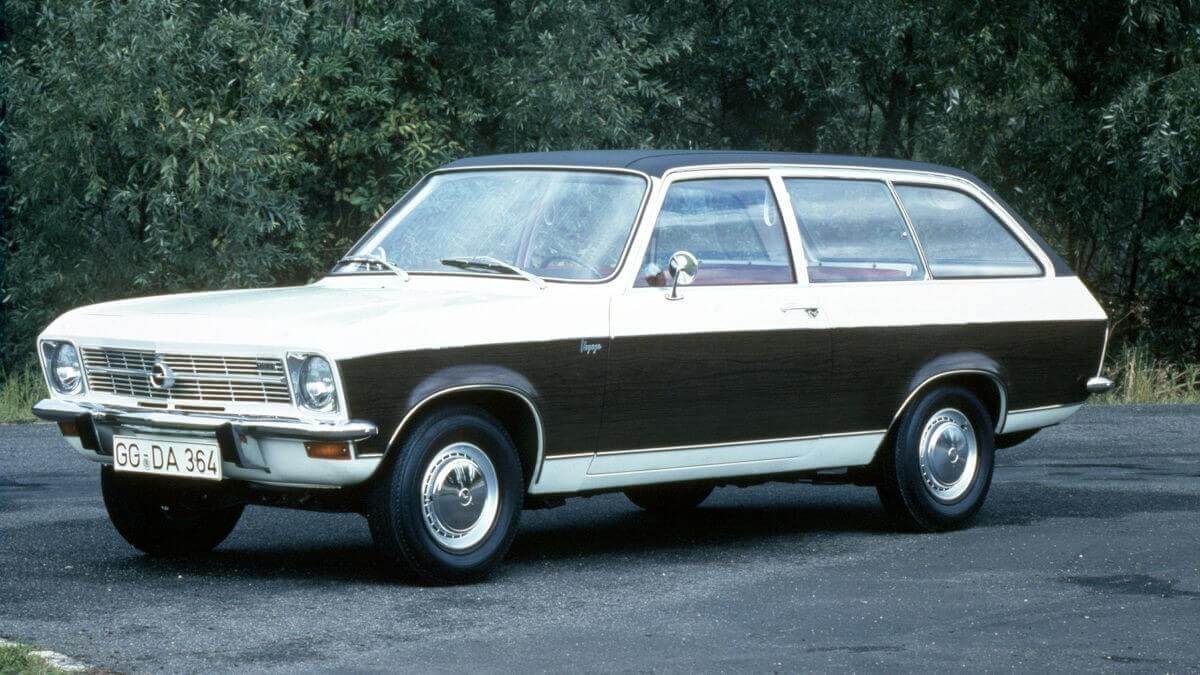



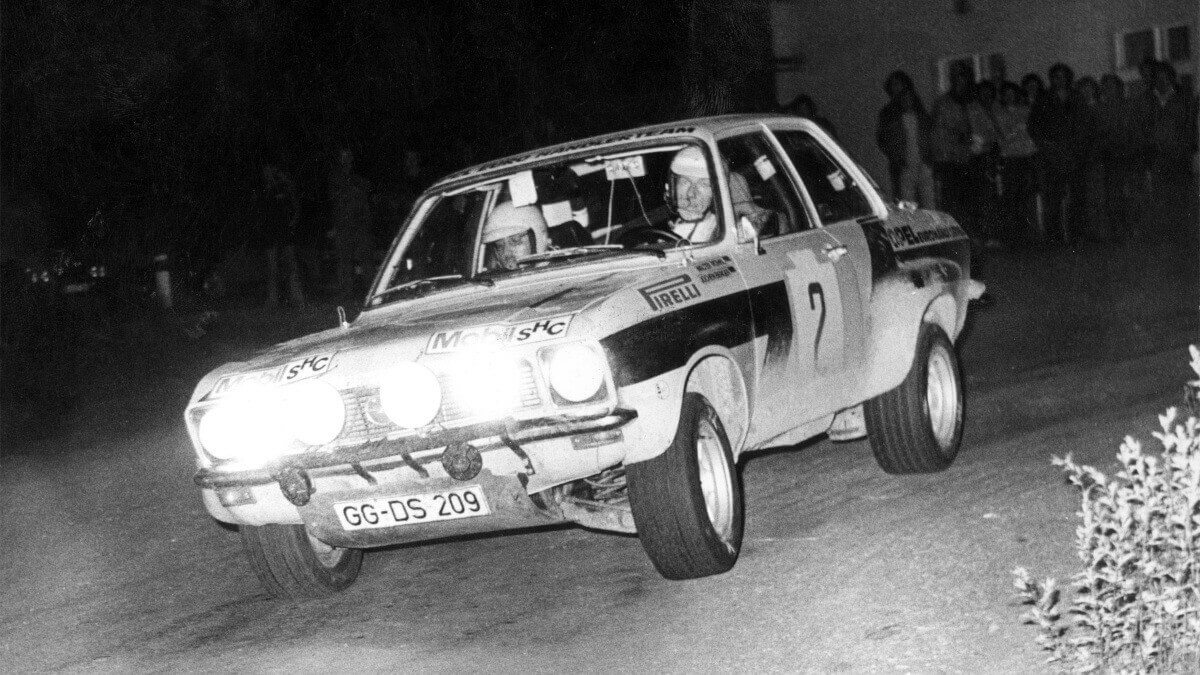



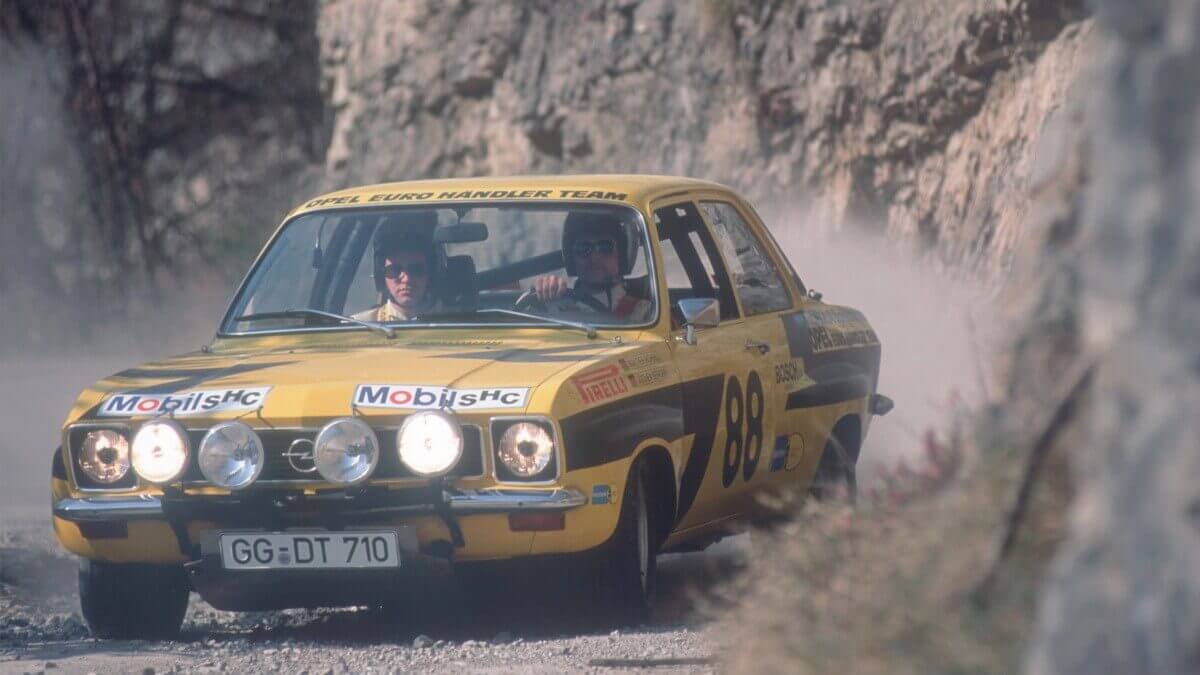



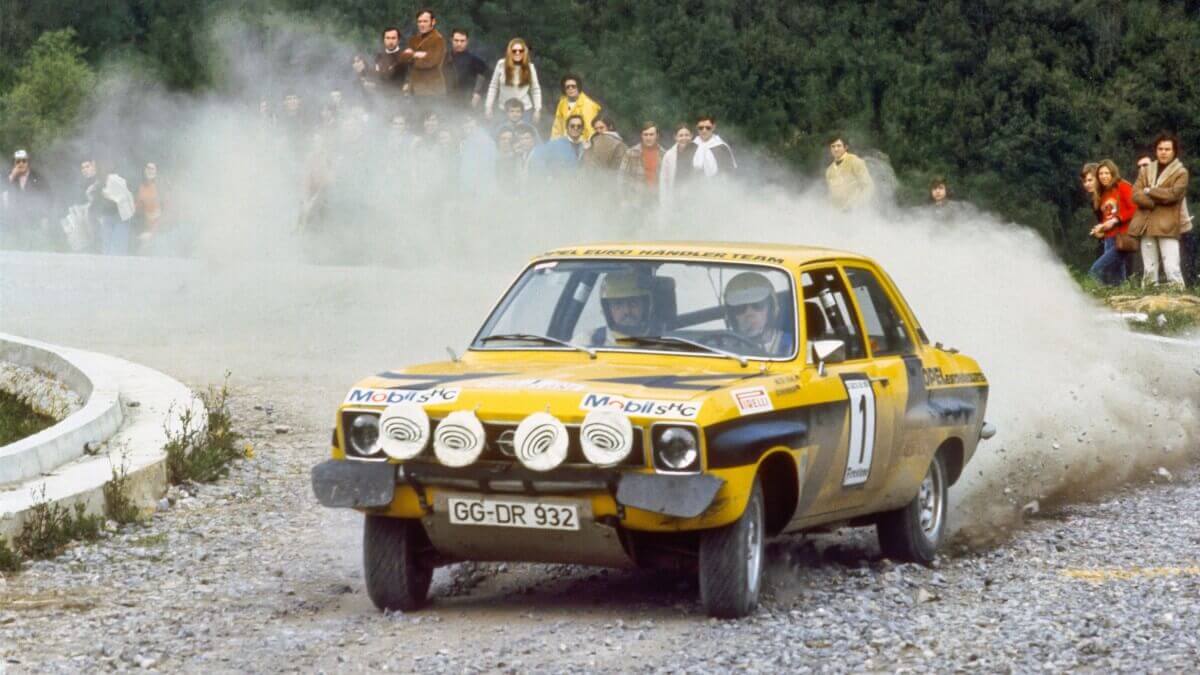



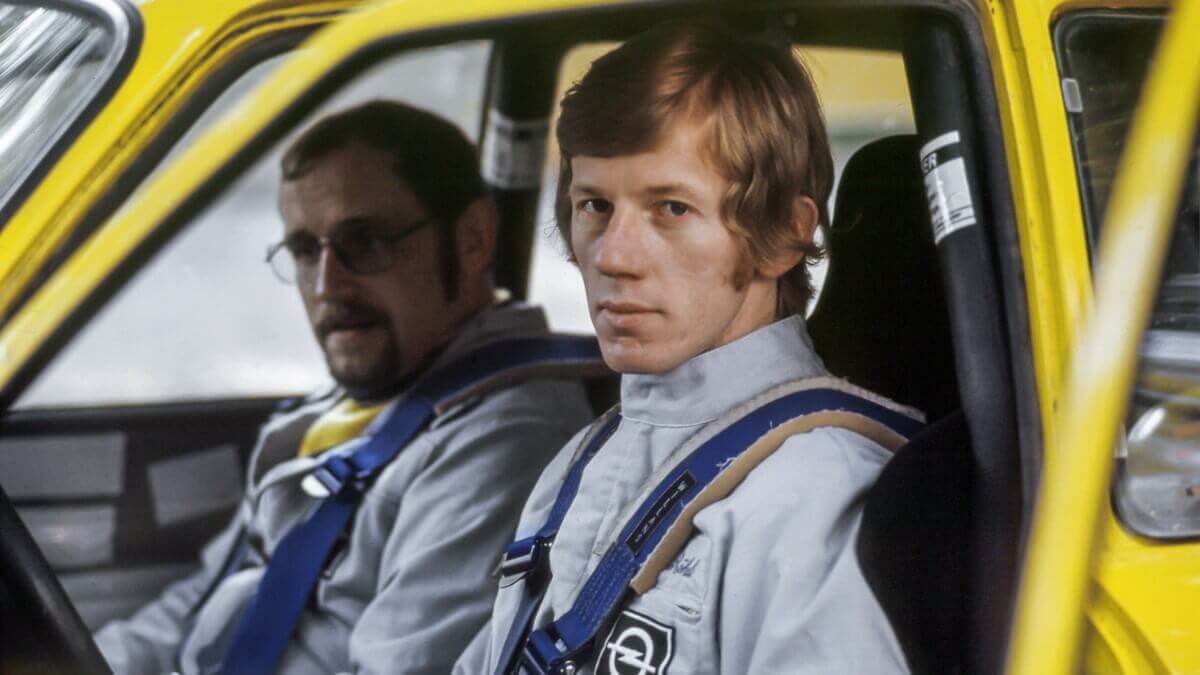



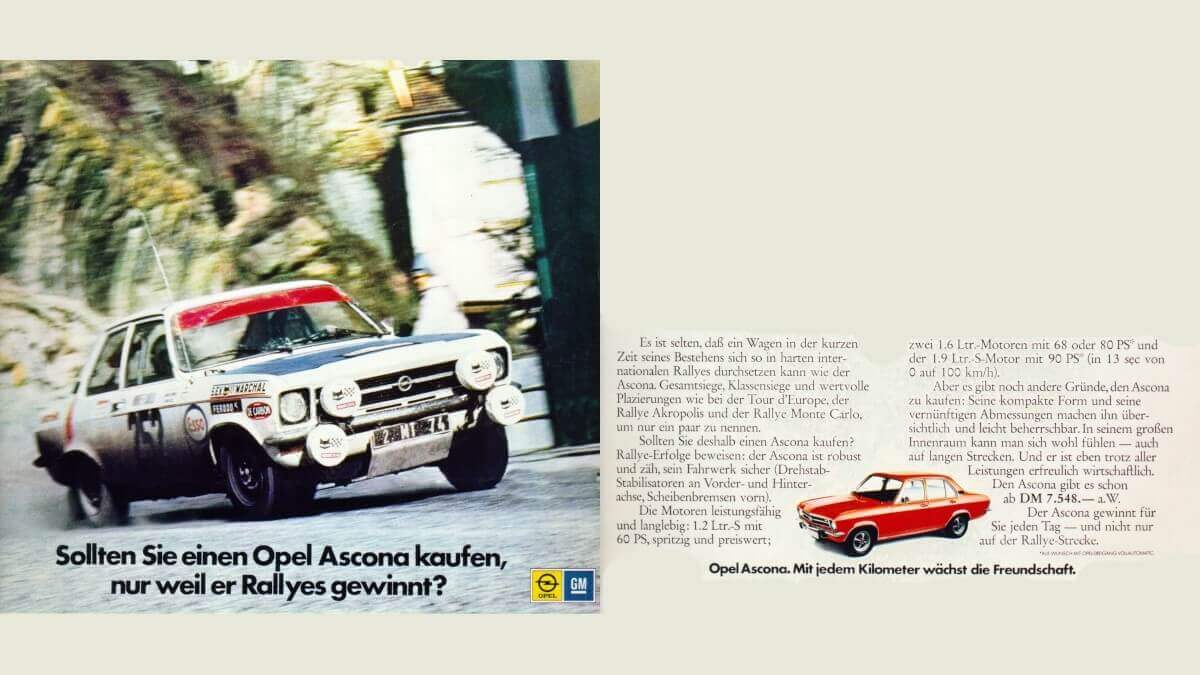



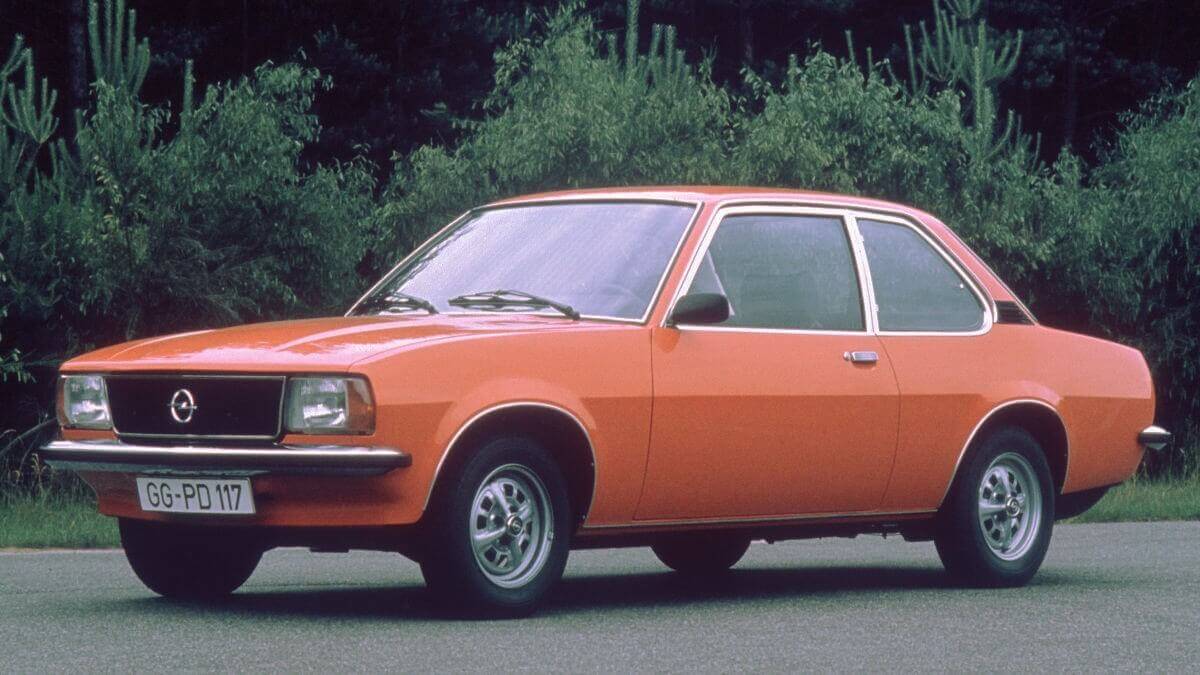



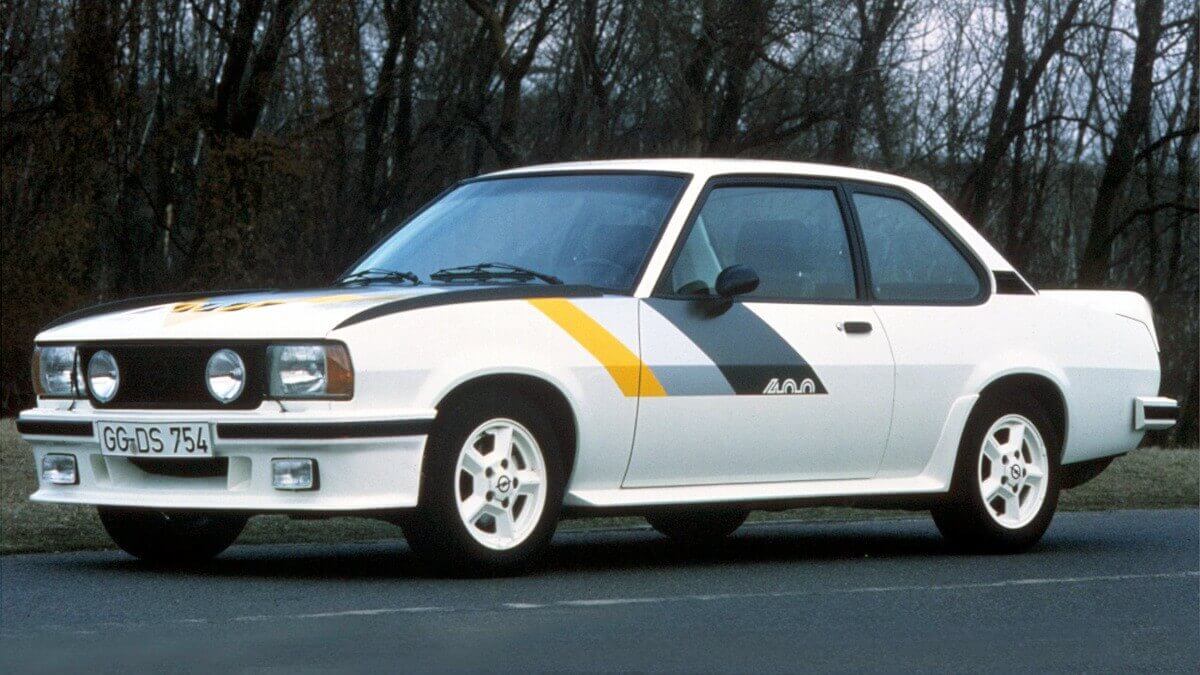



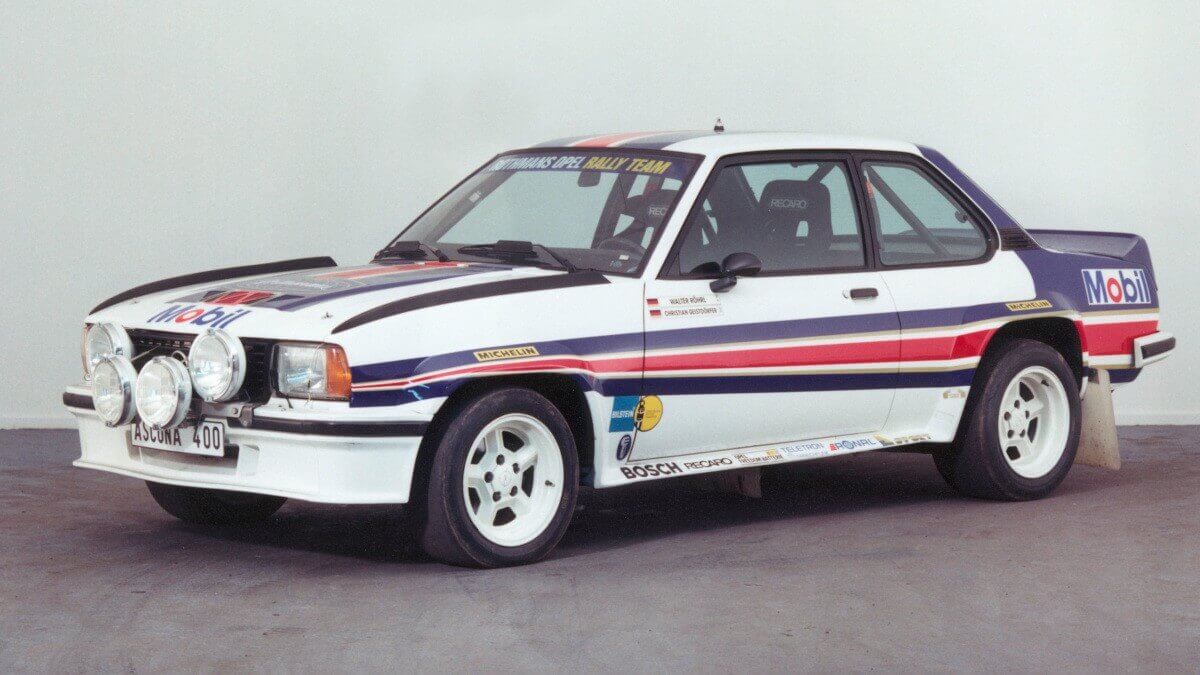



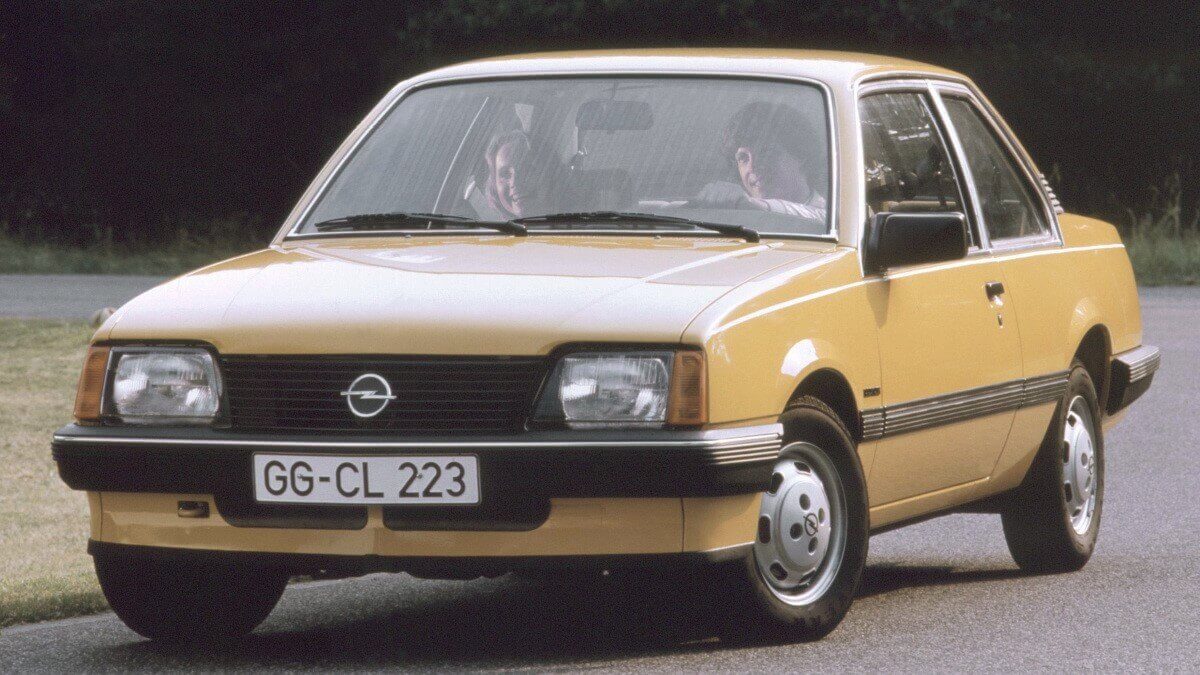



During the course of production, the Ascona A was available with four different engines. At the premiere, customers had the choice between the Ascona 16 N with 50 kW/68 hp from a 1.6 liter displacement or the Ascona 16 S, which produced 59 kW/80 hp from the same displacement. In March 1971, the Ascona SR was added as a new top model of the range with 66 kW/90 hp from a displacement of 1.9 liters and as much as possible should look sporty thanks to features such as steel rims without hubcaps, a chrome-plated tailpipe, double stripes on the flank, rev counter, additional instruments, wooden decor and a sports steering wheel. On this basis, numerous vehicles for rally sport were created, with the cars converted and widened by Irmscher in particular becoming famous. The best-known driver of such 206 hp cars is likely to have been a certain Walter Röhrl from Germany, who became European Rally Champion in an Ascona A in 1974. As an entry-level engine, the Ascona 12 S was finally added in March 1972, which produced 44 kW/60 hp from a displacement of 1.2 liters. Due to the tightening of the lead gas law at the beginning of 1975, all manufacturers had to adapt their engines in order to be able to use less lead in gasoline. Opel therefore reduced the power in the 16 N to 44 kW/60 hp, in the 16 S to 55 kW/75 hp and in the 19 SR to 65 kW/88 hp. The latter, however, received its original 90 hp again from June 1975 by installing a downdraft carburetor from Zenith.
In July 1975, production of the Ascona A ended after around 690,000 cars were produced in favor of the successor model Ascona B, which, however, was only presented at the IAA in September and was the last model on the H-platform with rear-wheel drive from the GM modular system. At the same time, Opel switched to the second generation of the Manta. After the station wagon version had only a small market share in the predecessor, this variant was completely omitted in the new model. The sedans were no longer made exclusively in Bochum, but also in the new plant in Antwerpen, Belgium. In Great Britain and South Africa, the sedans received the front end of the Manta B and were offered as Vauxhall Cavalier and Chevrolet Chevair. Over the years there have been some wild versions of the Ascona B, some of which were created together with the tuning company Irmscher. The highlight was the Ascona B 400, with which Walter Röhrl became World Rally Champion in 1982. The year before, Opel replaced the Ascona B with the new Ascona C after more than 1.5 million units. For the first time in Opel’s history, it had front-wheel drive and was therefore no longer suitable for rally events. In addition to the two- and four-door sedans, a five-door hatchback was added to the model range. External coachbuilders also created some convertible variants based on the two-door model, of which a version built by Hammond & Thiede temporarily managed to be offered at German Opel dealers. However, there was no longer a Manta available. Two facelifts were carried out until October 1988, when the history of the Ascona ended after more than 1.7 million units of the Ascona C had been built. Opel then converted the assembly lines to the newly developed Vectra.
Images: Opel




